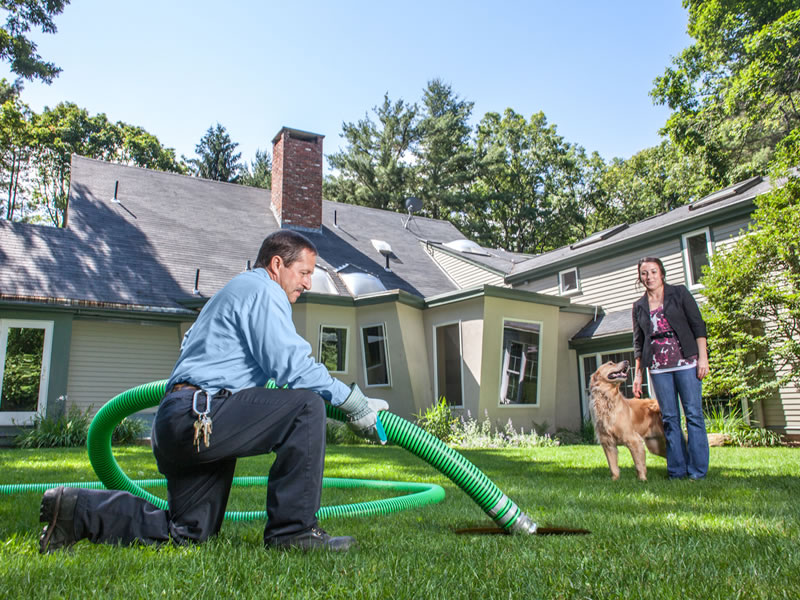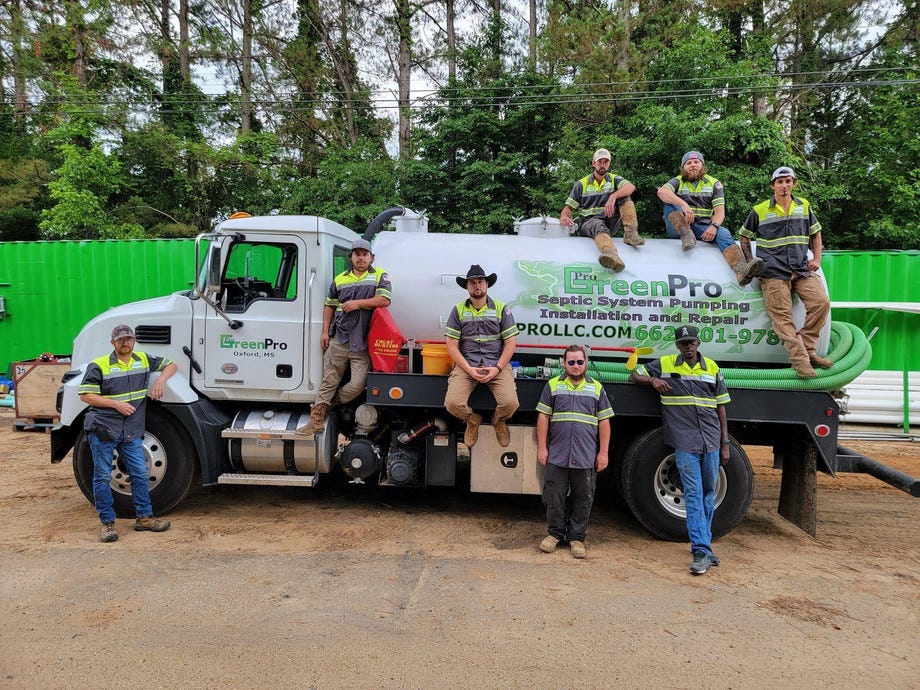4 Easy Facts About Stillwell Septic And Grading Explained
4 Easy Facts About Stillwell Septic And Grading Explained
Blog Article
An Unbiased View of Stillwell Septic And Grading
Table of ContentsStillwell Septic And Grading for BeginnersThe Only Guide for Stillwell Septic And GradingThe Definitive Guide for Stillwell Septic And GradingThe smart Trick of Stillwell Septic And Grading That Nobody is Talking AboutThe Ultimate Guide To Stillwell Septic And GradingStillwell Septic And Grading - An Overview7 Easy Facts About Stillwell Septic And Grading Explained

Home owners need to additionally enlighten themselves on the essentials of septic tanks to guarantee they make informed choices throughout the installment process - Septic Tank Pumping. Septic tanks are a vital part of numerous homes that are not attached to a community sewer system. They are created to treat and throw away home wastewater on-site
The septic storage tank is a huge, underground container made of concrete, fiberglass, or plastic. The storage tank divides the solid waste from the fluid waste.
The Ultimate Guide To Stillwell Septic And Grading
It is likewise crucial to save water and prevent overwhelming the system. Straightforward procedures such as dealing with leaking taps and bathrooms, setting up low-flow showerheads and toilets, and spreading out laundry tons can aid reduce water use and expand the life of the septic system.
The topography of the site is also evaluated to ensure that the septic tank is mounted at the right elevation. https://stillwellsag.weebly.com/. The system should be set up at a higher elevation than the surrounding location to stop contamination of the surrounding setting. Setbacks are the minimum ranges required by legislation between the septic tank and various other frameworks or attributes such as wells, buildings, and residential or commercial property lines
The elevations will make certain that the septic system works appropriately, and wastewater is successfully dealt with. It makes certain that the septic system is set up in the most ideal location, taking into factor to consider the dirt, topography, and problems.
The Ultimate Guide To Stillwell Septic And Grading
Before mounting a septic container, home owners require to obtain permits and abide with regulations. Some of the licenses and guidelines that home owners require to think about include:: Property owners require to obtain a permit from the local health department or building department before setting up a septic system.
For example, some communities might need a minimum lot size for septic system installation.: Homeowners require to adhere to environmental read this post here guidelines when mounting a septic tank. Some states might require an environmental impact assessment prior to mounting a septic system.: Homeowners require to conform with building policies when installing a septic system.
Things about Stillwell Septic And Grading
Some municipalities may need periodic inspections and pumping of the septic container. It is essential for homeowners to obtain permits and abide with regulations prior to mounting a septic system.
Among the most crucial variables to take into consideration when choosing a sewage-disposal tank is the size. A septic storage tank that is also small for the home's needs will certainly call for more frequent pumping, while a tank that is also huge can cause too much water build-up and potential system failing. A general policy of thumb is that the tank must have the ability to hold a minimum of 2 days' well worth of wastewater.
Some Known Facts About Stillwell Septic And Grading.

It's additionally essential to consider the type of system the septic container will certainly be utilized with. There are 2 major types of septic systems: gravity and pressure.
Top Guidelines Of Stillwell Septic And Grading
Overall, picking the ideal sewage-disposal tank for a home is a crucial decision that calls for cautious factor to consider. Property owners should seek advice from an expert to figure out the most effective choices for their particular needs. Prior to mounting a septic system, homeowners have to take specific actions to get ready for the installment procedure. This section outlines both main areas of prep work: excavation and precaution.
Below are some important precaution to adhere to: Put on safety gear: House owners must use protective equipment, such as gloves, boots, and safety helmets, to prevent injury throughout the setup process. Prevent electrical lines: Property owners must avoid digging near electric lines to stop electrocution. Use care when running hefty equipment: Homeowners have to utilize care when operating heavy equipment to stop mishaps and injuries.
A Biased View of Stillwell Septic And Grading
By following these vital actions, house owners can ensure a successful septic system installment process. Septic container installation is a critical process that needs careful preparation and execution. Property owners that are mounting a sewage-disposal tank for the very first time must be conscious of the necessary actions entailed in the process to make sure that their septic tank operates successfully and efficiently.

Report this page